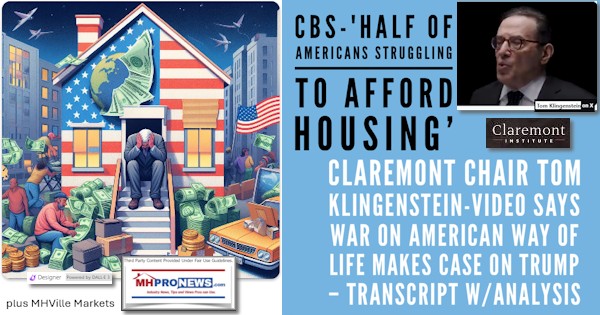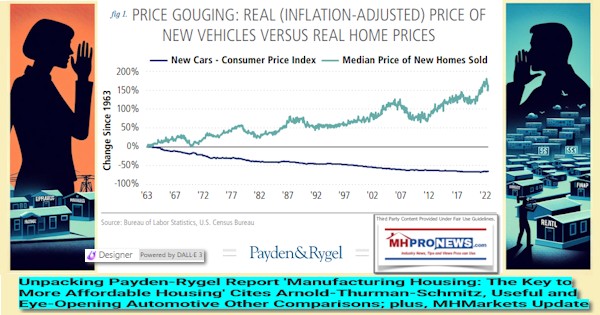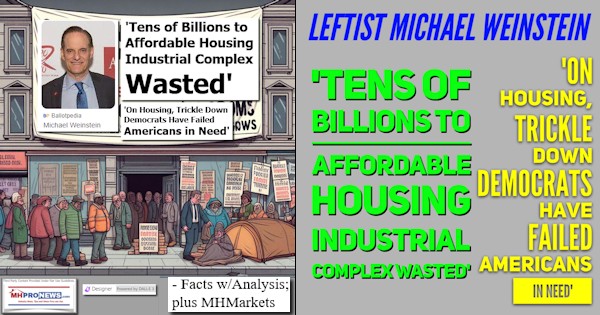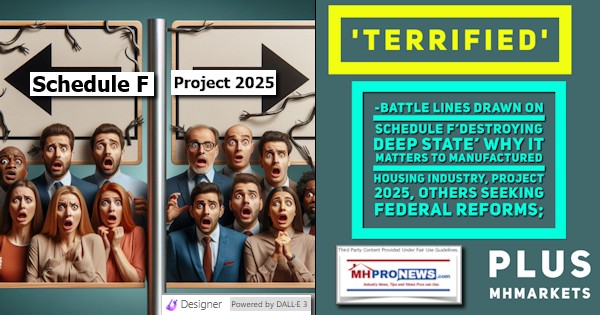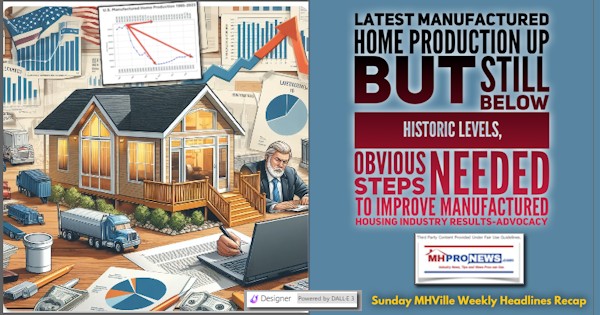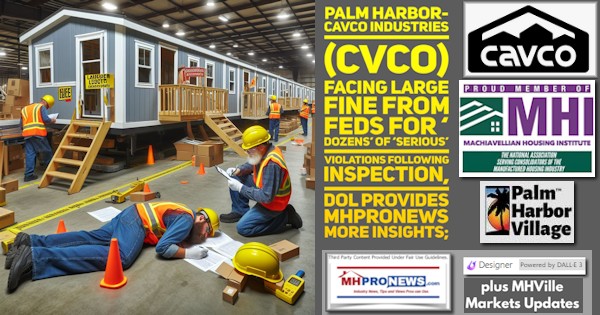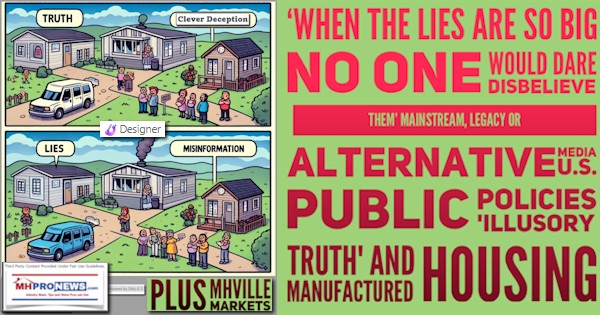 On Friday, left-of-center CNBC noted that the average rate for a 30-year fixed rate mortgage hit 3.70 percent. That’s the lowest it has been in three years.
On Friday, left-of-center CNBC noted that the average rate for a 30-year fixed rate mortgage hit 3.70 percent. That’s the lowest it has been in three years.
A few points to make before diving into the meat of the data from CNBC.
· In years gone by, rising interest rates were often ‘good’ for manufactured housing, because people who were ‘priced out’ of a conventional housing by a payment too high would in some cases turn to a lower priced, lower payment manufactured home.
· When interest rate drops and when there are good reasons to think they will rise again in the foreseeable future, that can be provided to prospective home buyers as a legitimate motivation to spark action sooner than later, whenever circumstances permit.
Rephrased, manufactured housing in its prime was a more resilient industry than it is today. The fact that new manufactured home shipments are about 1/4th of the production/shipment rates of 1998 would suggest as much. Even though many believe that the product itself is superior today than at perhaps any time in manufactured housing industry history, the industry itself for reasons that other reports explore is far more vulnerable than what used to be called a nearly-recession proof industry of the past.
With that backdrop, CNBC’s Diana Olick made the following points about mainstream mortgage rates.
· The average rate on the popular 30-year fixed mortgage hit 3.70% on Friday, the lowest since November 2016, according to Mortgage News Daily. That rate will likely dip even lower Monday, as bond yields continue to fall.
· The drop last week meant that 8.2 million 30-year mortgage holders could likely qualify for a refinance and save at least 0.75% off of their current interest rate by doing so, according to a new tally by Black Knight, a mortgage software and analytics company.
· While rates are now incredibly favorable for both refinance and home purchase, consumers still need to shop around for the best rate, and a full one-third of them are not, according to a new survey from Fannie Mae.
“Escalating tensions over a trade war with China sent investors rushing to the relative safety of the bond market late last week. That pushed the yield on the 10-year Treasury, which mortgage rates loosely follow, down sharply,” said Olick.
“Lower rates have also increased the buying power for prospective homebuyers looking to purchase the average-priced home by the equivalent of 15%, meaning that they could effectively buy $45,000 ‘more house’ while still keeping their payments the same as they would have been last fall,” said Ben Graboske, president of Black Knight Data and Analytics.
“Once the dust settles, however, we’re talking about a move to the “mid 3′s” for best-case 30-year fixed rates,” said Matthew Graham, chief operating officer of Mortgage News Daily. “Can rates go lower from here? Sure! Rates can always go lower.” That may be a bit optimistic, but time will tell.
“Unfortunately, comparison shopping for a mortgage can be a much more complicated and time-consuming endeavor. Simply evaluating the “price” of a mortgage involves looking at several interrelated components – including rates, fees, and points – and making an assumption about how long a borrower will stay in that mortgage,” noted Fannie Mae’s chief economist Doug Duncan in the report.
“While it’s easy to find “teaser” rates advertised online, a true mortgage quote is based on a handful of variables that are unique to each buyer and evaluated differently by each lender,” Fannie Mae’s chief economist continued.
Consumers, said CNBC, tend to rely on advice from family and friends or simply go to the same lender they’ve used before.
“Non-shoppers also reported much less concern with competitive terms when selecting a lender, citing other non-financial priorities, such as customer service/responsiveness and having a preexisting account with a lending institution. Individual households may have good reason for accepting that tradeoff,” added Duncan.
What’s Ahead?
There are the usual mixed signals between the U.S. and China over trade tensions. China’s move on devaluing their currency may be as much a warning flare as a serious, longer term move. Time will tell. But it is a reminder to industry professionals, newer ones and veterans alike, that circumstances in manufactured housing as it relates to financing were quite different than it was decades ago. In some ways its better, in others, worse.
Kudlow on Deepening U.S.-China Trade War, plus Manufactured Home Stock Updates
That’s today’s first look at “News through the lens of manufactured homes and factory-built housing,” © where “We Provide, You Decide.” © ## (News, analysis, and commentary.)

Soheyla is a managing member of LifeStyle Factory Homes, LLC, the parent company to MHProNews, and MHLivingNews.com. Connect with us on LinkedIn here and here.
Related Reports:
Click the image/text box below to access relevant, related information.
Chinese Communists Strike Back, Stocks Worst Day 2019, plus Manufactured Home Stock Updates








